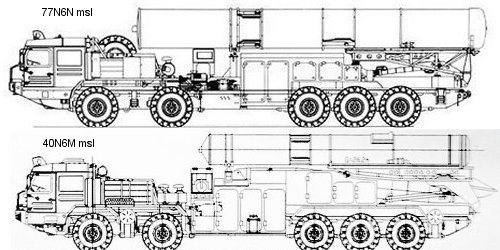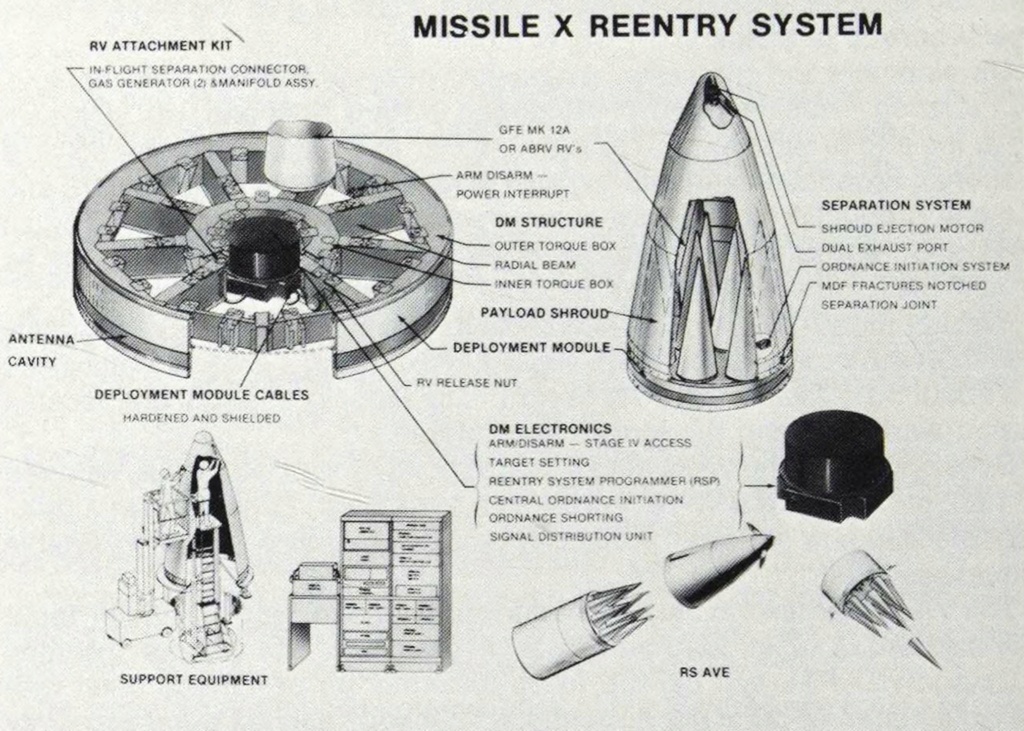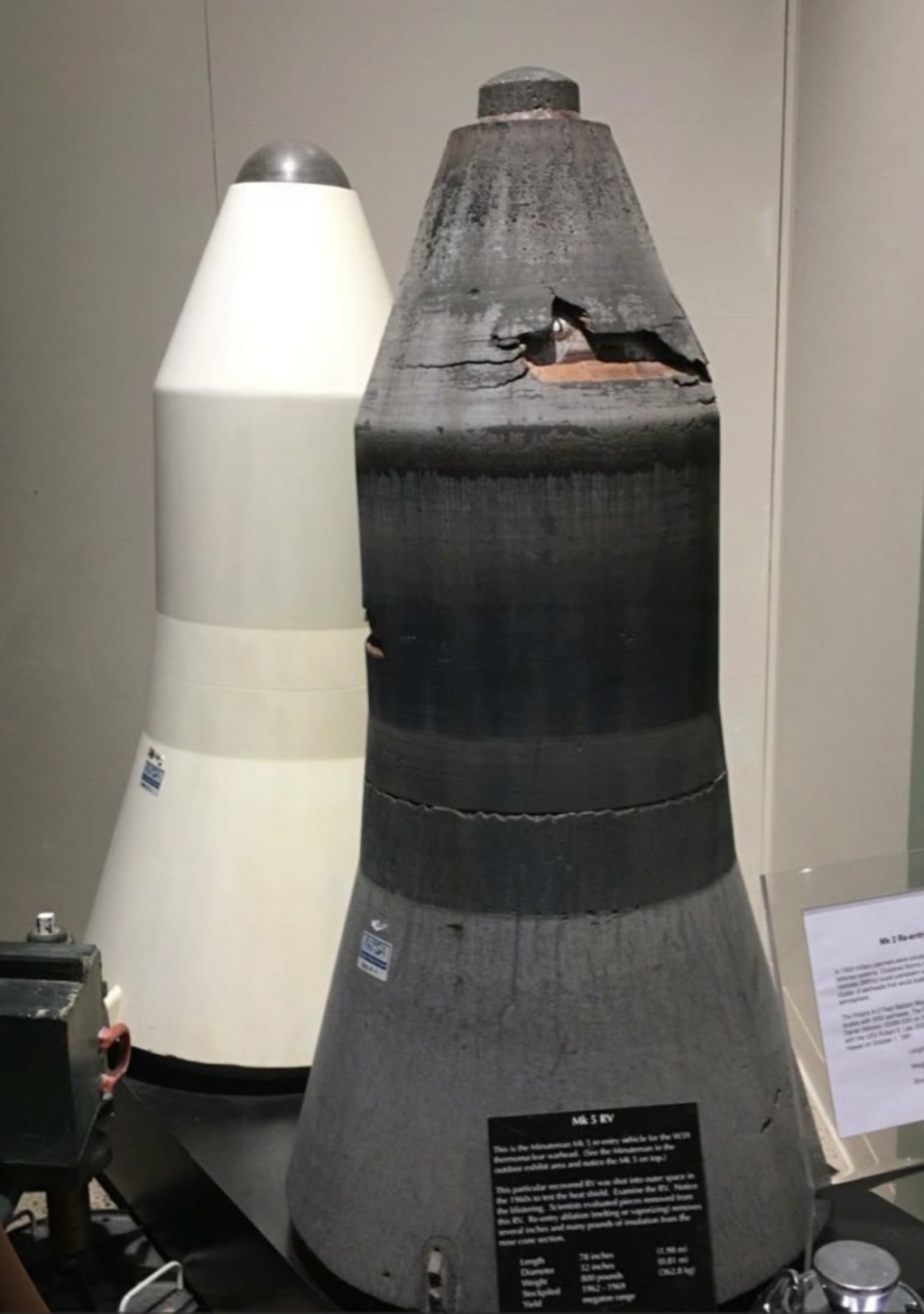That's your speculation. Avangard RV may or may not have control surfaces and side thrusters. Details about its design has not been released.
It is logical common sense... they have already said it reentered the earths atmosphere and accelerated from mach 26 to mach 27.... acceleration on earth is fixed as 1 g the distance it would have to drop to accelerate 1 mach is enormous and would be countered by the addition of air resistance which is relative to speed... think if it as standing in water... you can feel the water but it does not push you, but if you try to move in water it resists rather more than air does. The faster you try to move the more it resists. That is why more powerful ammo like 50 cal Browning rounds shatter when fired into water because the stopping force is enormous, while a low power pistol bullet will travel a few metres in water and generally retain its shape. If you accelerated that pistol bullet to mach 5 it would shatter too, and if you reduced the speed of the 50 cal bullet to subsonic it would actually be quite dangerous to people under water for quite a few metres.
It is a manouvering RV optimised to evade enemy air defence... but you are saying it has no propulsion and no control surfaces to manouver... does it use alien anti gravity waves to move?
It can't put up a sail because that would be a control surface.
BTW I have never seen a B-21 but I can tell you it will have jet engines and it will have some way of shaping its wings to allow it to manouver in flight...
At those speeds, they’d add too much drag or be ripped off when maneuvering.
A side thruster is not a big long rocket tube that sticks out the sides of the RV like the bristles on a hair brush, they are internal sideways facing rockets that can be fired on command when they are pointing in a suitable direction.
Also how many times did the US space shuttle fly into space and then come back into earths atmosphere and not have its wings ripped off?
The do have some idea of the forces and stresses involved so a wing structure or control surface could be designed and made that does not break off and they can design it to generate as much drag as they want... in fact spacecraft bringing people back from orbit often use enormously high drag structures called parachutes... once a lot of the speed has bled off...
MaRVs are pre-programmed to "bob and weave" or to take a deceptive trajectory at the appropriate points during re-entry.
Why? When they were making them there was only one ABM system operational on the planet and that was around Moscow as allowed by the 1972 ABM treaty. There was not Soviet Union wide ABM system that needed to be penetrated.
For the same reason there were no anti stealth fighter radars being developed in the 1950s because there were no stealth aircraft to look for.
But their ability to do so is almost certainly pretty limited due to lack of energy available for radical maneuvers and the relatively short time between entry interface and detonation.
Pick a flight path... a straight line from the US ICBM fields to Russia. There are three main areas they will want to target.... european Russia and northern russia and far east russia... an ICBM launched at targets in the far east wont be hitting any targets in the european part of russia though they might be targeted at far north targets on the way past.
No target in the far north or far east would require evading an ABM system because they weren't defended with them.
The missiles headed for european russia would be going for sevastopol and st petersberg and the northern fleet as well as moscow an a lot of population centres... the only warheads headed towards moscow will have to worry about an ABM system.
MaRVs will be burning all their fuel to reach targets off the flight path of the missile they were launched from because that missile will be flying straight and will be aimed at its primary target what ever that might be. On the way warheads will be released to be directed at other targets and they might just need to drop down out of its ballistic path or more likely it might have to fly several hundred kms left or right.
Another factor is that if you take a missile like Trident... it carries 6 warheads but they wont all be fired at the same target because what if the missile that is taking all the warheads for Moscow is intercepted?
If you launch 24 Tridents from one submarine it might have four primary targets and those might be Moscow and St Petersberg and Sevastopol and Murmansk.... so of the 24 tridents in one sub 6 missiles will be directed at each of those four targets, but each of those missiles has 6 warheads on board, so for the six missiles headed to St Petersberg one warhead from each missile will actually be aimed at St Petersberg, one warhead might be aimed at Kaliningrad on its way over from the northern atlantic ocean, so that leaves four more warheads in each of the 6 missiles that are available for targets in the general area, like population centres or important sites like a major Army base/storage area, or a large airfield which might need 3 or 4 warheads to ensure it wont be operating any time soon.
As you can probably tell from this there is a lot of coordination involved but the 6 missiles headed for Moscow will likely all be heading for Moscow because it has an ABM system with 100 interceptor missiles so that Trident submarine will fire 6 missiles each with 6 warheads at Moscow to ensure it gets hit hard and every Trident submarine will do the same and it will be the same with bombers and cruise missiles and land based ICBMs... lots of warheads from lots of different platforms will be cross targeted so that if one missile or one sub gets destroyed all the targets will get hit anyway.
The Soviet ABM missiles generally used nuclear warheads so bobbing and weaving would not really be enough.
The Soviet ABM was not intended to save Moscow... it was intended to delay its destruction so the leadership had time to launch the counter strike that destroyed the west.



 LMFS
LMFS



